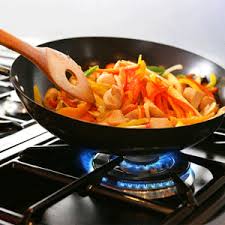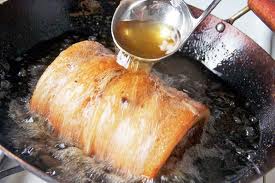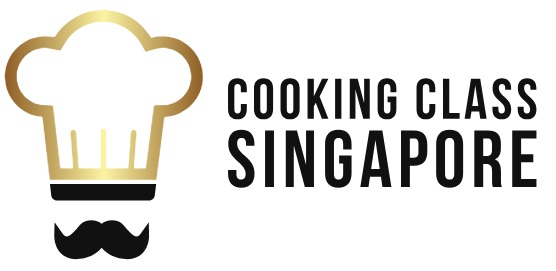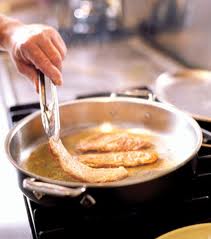Learning to cook is much like mathematics; if you don’t understand the fundamental principles, you won’t be able to use them in complex solutions.
Okay, bad analogy, but hey, you get it right?
 Cooking has come a long way since cavemen discovered they can make food more delicious with fire.
Cooking has come a long way since cavemen discovered they can make food more delicious with fire.
And in today’s small world it got even more complicated.
Cuisines from all over come together in beautifully delectable ways.
But don’t fret, complex as it may be, there are still easy ways to get around it.
This post will be discussing cooking methods – what they are and how they’re done.
This should take you one step closer to being a kitchen master.
Cooking methods are basically the procedures done to create a dish.
In culinary arts, cooking methods are generally divided into two categories:
Dry Heat Cooking Method
- Roasting
- Broiling
- Sautéing
Moist Heat Cooking Method
- Braising
- Steaming
- Poaching
As their names imply, the main difference between the two is how the heat is exposed to the ingredients- dry or moist.
 Dry heat cooking is any means of cooking by which the heat is transferred without the aid of water-based moisture.
Dry heat cooking is any means of cooking by which the heat is transferred without the aid of water-based moisture.
For this reason, sautéing and deep-frying are included since oil or fat are not water based.
Baking and Roasting are also included since the air is used as a medium of heat transfer.
Pan searing is also classified as dry heat cooking because of the use of the metal as the heat conductor.
Temperature of 150°C or higher is usually needed for this method of cooking.
Moist heat cooking as an opposite of dry makes use of water-based liquids to transfer the heat.
Anything with the use of wine to steam falls under this category.
Cooking temperatures for this method are significantly lower than that of the dry, starting from 60°C to a maximum of 100°C because that is the maximum amount of heat that water can absorb and give off.
Different cooking methods have different purposes.
Mistakes in this aspect can mean the failure of the whole food item.
That’s why, in cooking any kind of dish, knowledge about cooking methods are as essential as knowledge about the ingredients themselves.
A more in depth understanding about these methods can only be taught by diligence and experience.
To find out more about cooking methods and all the other necessities of cooking, send us an enquiry to Cooking Class Singapore.

